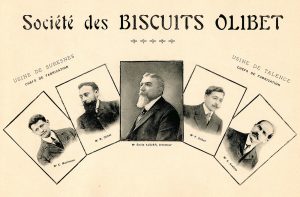Unit 3: Groups & Organizations

Description: This unit explores how individuals function within groups and larger organizational systems. Students examine job attitudes that predict important outcomes, factors that promote employee well-being, how teams develop and function effectively, leadership principles and practices, and how work itself can be organized for maximum effectiveness. The unit integrates individual, group, and organizational levels of analysis.
Why This Unit is Important: Most work – including counseling and therapy – occurs within groups and organizational contexts that powerfully influence individual behavior and outcomes. Future counselors will work in treatment teams, participate in case conferences, and navigate complex organizational hierarchies in hospitals, clinics, or community centers. Understanding group dynamics, leadership principles, and organizational culture will make you more effective in these collaborative environments and help you advocate for both yourself and your clients.
Many counseling students don’t anticipate that they’ll need to understand organizational politics, team dysfunction, or leadership challenges, but alumni consistently report these as crucial skills. You may find yourself leading support groups, supervising interns, or managing a private practice where team effectiveness and leadership knowledge directly impact your success. Additionally, clients often present with problems rooted in workplace teams, poor leadership, or organizational stress that you’ll be better equipped to understand and treat.
This unit helps students understand these broader influences and learn how to create environments where both individuals and organizations can thrive – whether that’s improving your own work team’s effectiveness, helping clients navigate toxic workplace cultures, or building healthy organizational systems in your future practice.
Unit Learning Objectives: By the end of this unit students will be able to…
- ULO1: Analyze job attitudes and their relationships with important workplace outcomes like performance and turnover. (CLO1, CLO4, APA1, APA5)
- ULO2: Evaluate factors that promote or hinder employee well-being and recommend interventions to improve workplace health. (CLO1, CLO4, APA1, APA5)
- ULO3: Apply group dynamics principles to improve team effectiveness and collaboration. (CLO4, APA5)
- ULO4: Assess leadership effectiveness and develop evidence-based approaches to leadership development. (CLO1, CLO4, APA1, APA5)
- ULO5: Design organizational structures and work arrangements that optimize both efficiency and employee satisfaction. (CLO4, APA5)

Media Attributions
- Board of Directors © Unknown is licensed under a Public Domain license
- Punch Today in the Face © Johnson Wang is licensed under a Public Domain license
